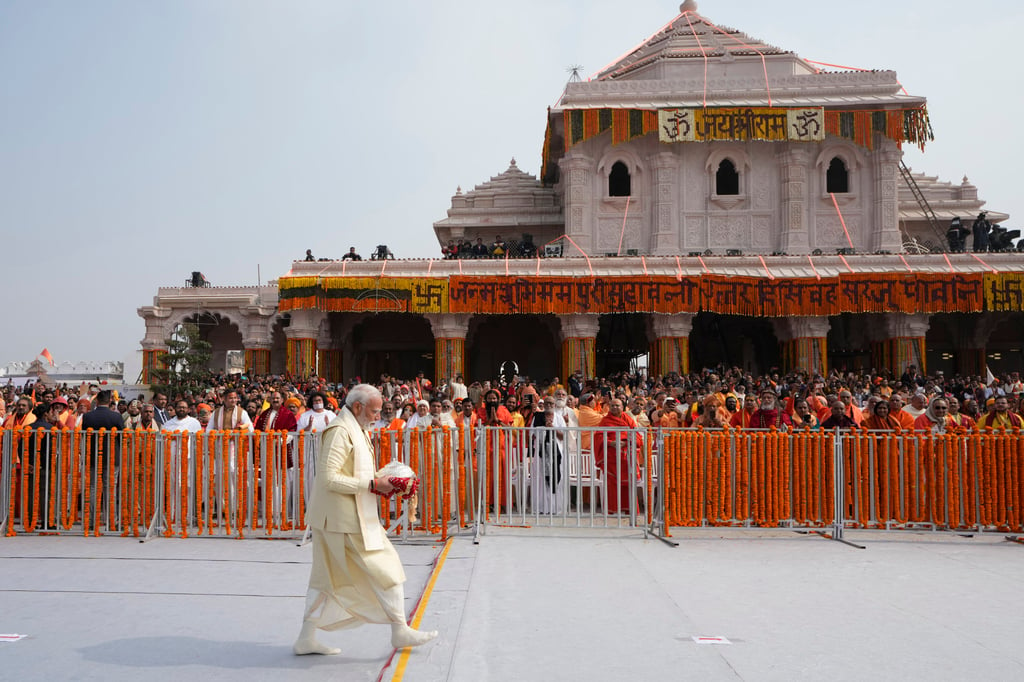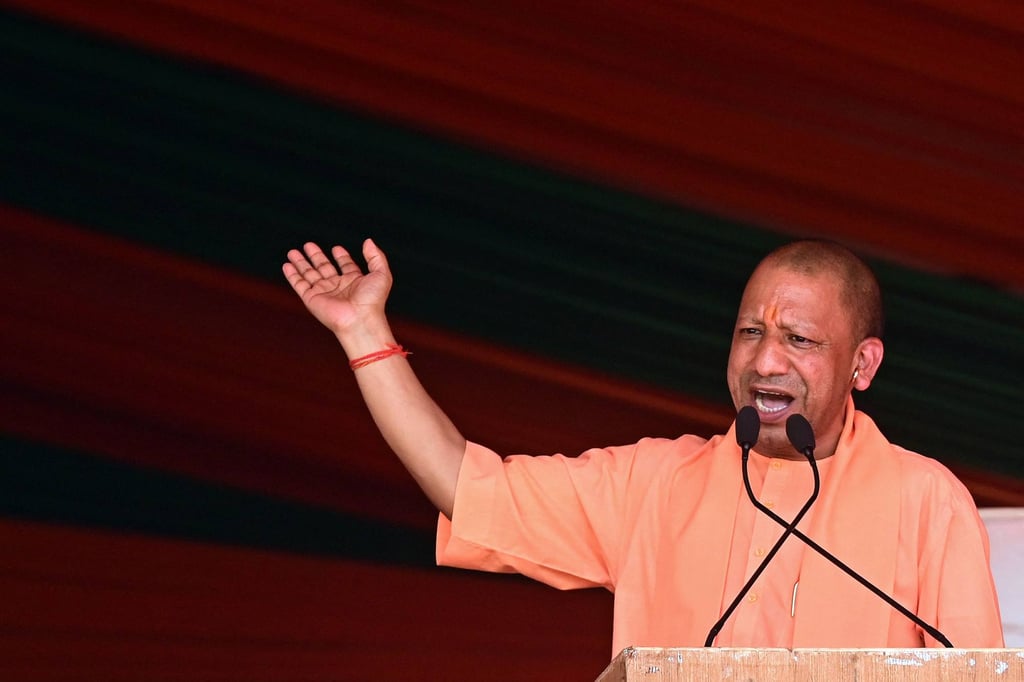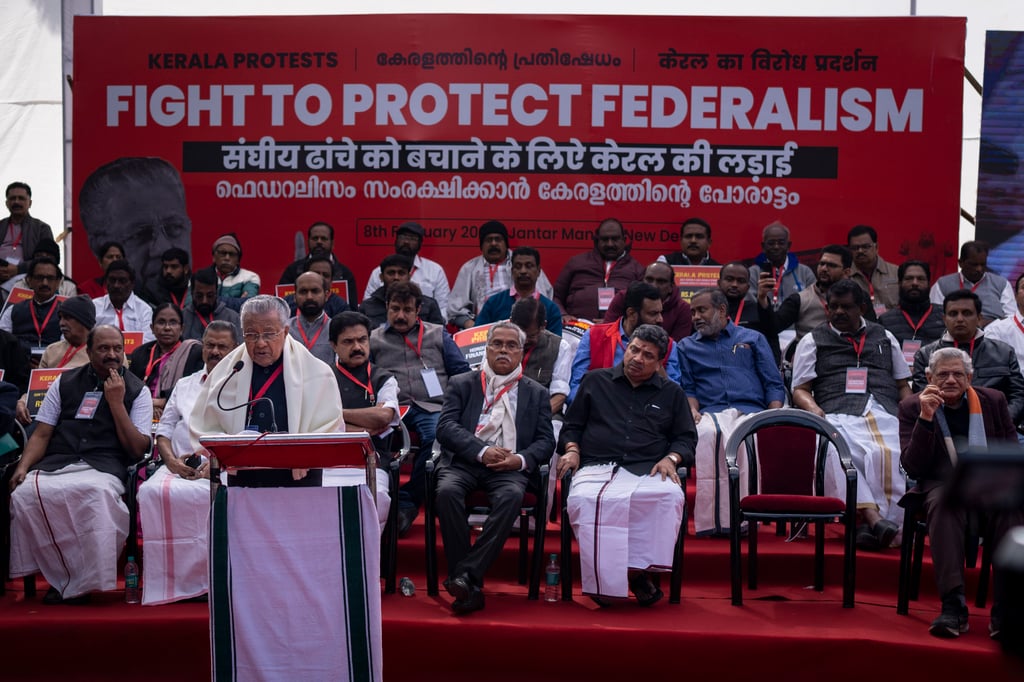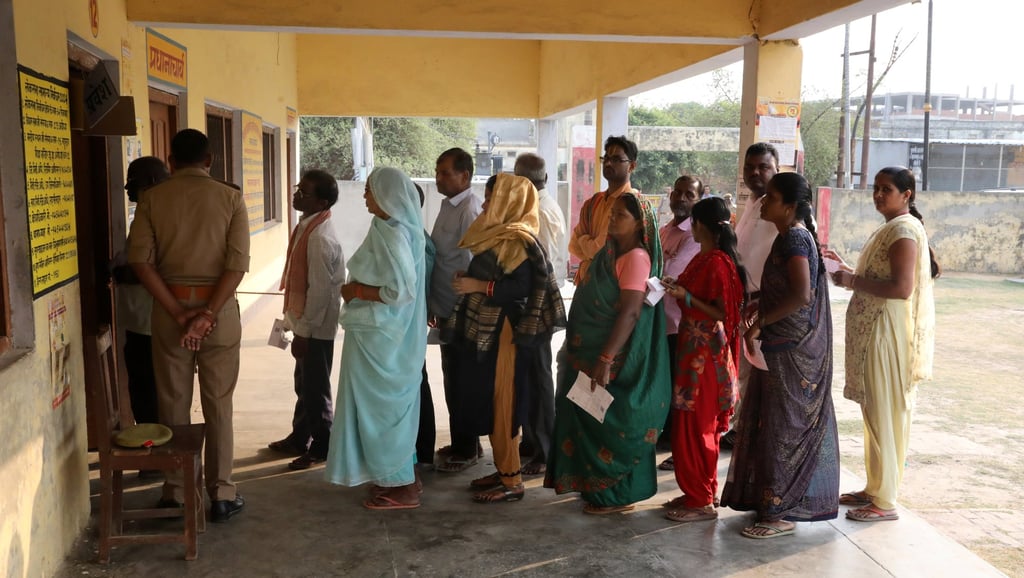
India’s Modi forgot as he beat the religious drum – Hindu pride cannot be eaten
- The Indian PM failed to appreciate what matters most to India’s poorest. Expect him to learn and adapt from his electoral setback
Here, Sumit Ganguly, a distinguished professor of political science and the Tagore chair in Indian Cultures and Civilisations at Indiana University in the US, explains more about the election results and what they mean for Indian democracy.
Modi’s BJP talked up a landslide. Why didn’t it get one?

BJP made a miscalculation, in my analysis. It failed to realise that in a country where only 11.3 per cent of children get adequate nutrition, Hindu pride cannot be eaten – ultimately, it’s the price of potatoes and other essentials that matter.
What happened in Uttar Pradesh, with its 80 crucial seats?
But he, too, failed to take into account how his policies were playing out in the poorer segments of the state’s population, who are mainly Muslims and those at the bottom of India’s caste hierarchy.

He pursued grand infrastructure projects such as new highways and airports, and those might well have appealed to the middle class – but not to the poor.
Additionally, years of presiding over a state government that has used police power to suppress dissent, often those of the poor and marginalised, have taken their toll on Adityanath’s support.
What explains BJP’s inroads into southern Kerala state?
The gains in the south are perplexing and will require more data on voting patterns for a more accurate analysis.
Historically, the BJP has not been able to make inroads into the southern states for a number of reasons. These include linguistic subnationalism owing to the hostility towards Hindi.
The other issue in the south is that the practice of Hinduism is quite different, including festivals and other regional traditions. The BJP’s vision of Hinduism is based on the “great tradition” of northern India, which believes in the trinity of Brahma, Vishnu and Shiva as the creator, the sustainer and the destroyer gods.
The southern states are also engines of economic growth and end up subsidising the poorer states of the north. As a consequence, there is resentment against the BJP, which has long had its political base in northern India.

Was the opposition given a fair chance?
No, the playing field was far from level. The mass media has been mostly co-opted by the ruling BJP to advance its agenda. Apart from one or two regional newspapers, all the national dailies scrupulously avoid any criticism of the BJP, and the major television channels mostly act as cheerleaders of the government’s policies.
What explains the BJP’s rise in recent decades?
The BJP has built a solid organisational base across the country, unlike the Indian National Congress, the principal opposition party. And the Congress party has done little to revitalise its political foundations, which were eroded in the 1970s after then-Prime Minister Indira Gandhi imposed a state of emergency and a non-Congress government came into power for the first time.
However, BJP lost its seat in Ayodhya. It’s possible that all the fanfare around the new temple appealed to people outside Ayodhya – but not to the city’s residents, who continued to deal with waste mismanagement and other issues.

What’s next for Modi? And Indian democracy?
I believe that Modi, as an astute politician, will most likely learn from this setback and adapt his tactics to new realities.
The results might also be a useful corrective – the Indian voter has once again demonstrated that he or she might be willing to put up with some things but not others.
Indian voters have demonstrated in the past that when they see democracy being threatened, they tend to punish leaders with autocratic tendencies. We saw this when the late Prime Minister Indira Gandhi suffered a crushing defeat in the elections in 1977. The elections followed a state of emergency that Gandhi had imposed on the country, suspending all civil liberties. Back then, it was India’s poor who voted her out of power.
This time around, we might need to wait on additional electoral data about how particular caste and income groups voted.


